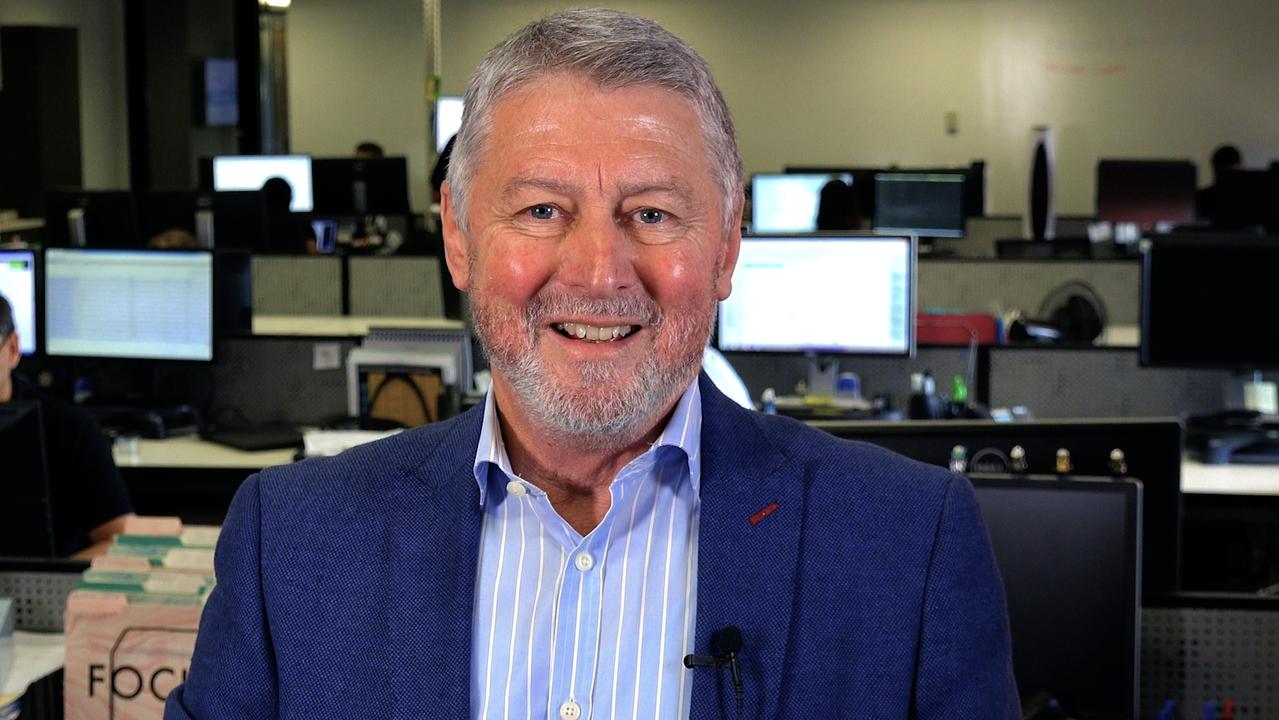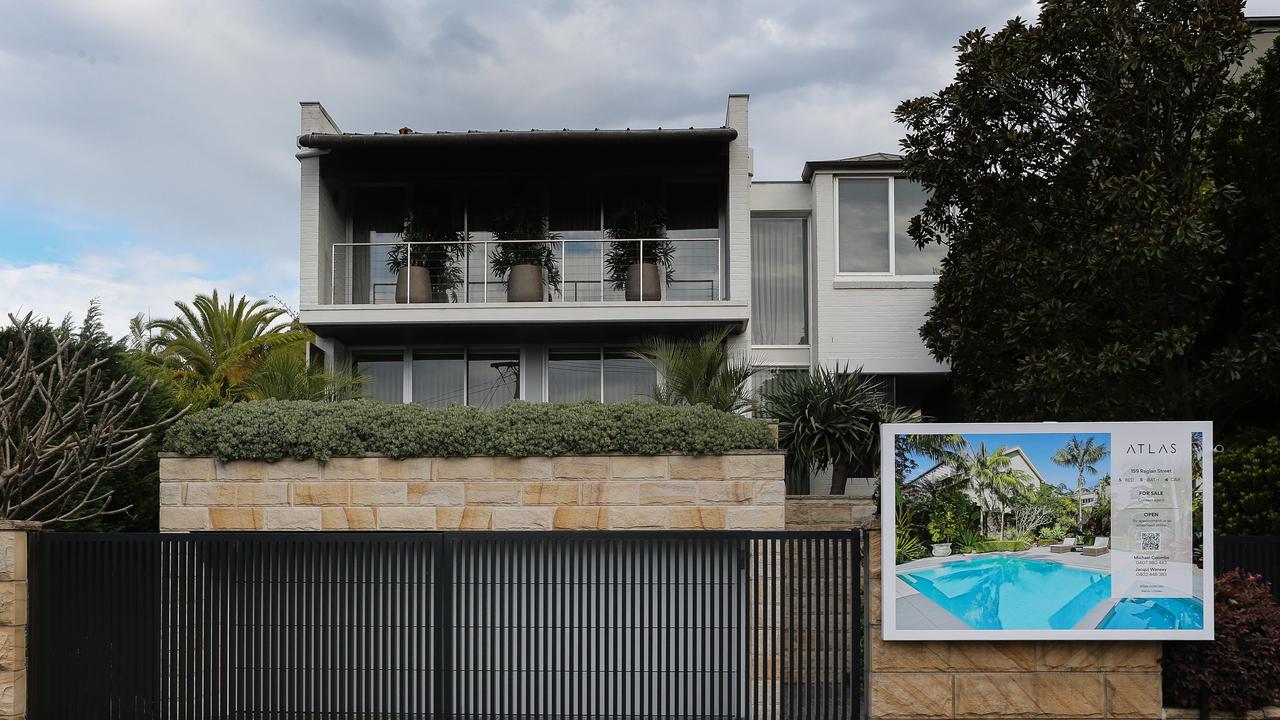Cost of living: Grocery prices, electricity and interest rates biggest worry for 2023
Skyrocketing prices have hit Australians hard this year but there are fresh fears that relief isn’t coming and people will be hit hard.
Cost of living pressures are dominating Australians’ worries with 59 per cent of people most concerned about skyrocketing grocery and electricity prices, soaring rent and rising interest rates in 2023, new research has revealed.
Australians are also sceptical that the federal government and Reserve Bank of Australia (RBA) will be able to ease inflation and cost of living pressures in 2023 with 44 per cent of Australians feeling no confidence, the Consumer Pulse Report from Canstar found.
It comes as the RBA governor Philip Lowe was forced to apologise to people who took out mortgages under very low interest rates based on the repeated insistence that the official cash rate would not increase until 2024.
Meanwhile, the federal and state governments have flagged a $1.5 billion intervention to cap coal and gas prices and provide additional rebates for Australians on low and middle incomes to slash hundreds of dollars off power bills.
Australians reported their average quarterly electricity bill has risen by 4.5 per cent over the year to reach $371, while their gas bill has gone up 13 per cent over the same period and is now on average $265 per quarter, the research showed.
Stream more finance news live & on demand with Flash. 25+ news channels in 1 place. New to Flash? Try 1 month free. Offer available for a limited time only >

Canstar group executive of financial services Steve Mickenbecker said the RBA expects inflation to peak at over 8 per cent in December, a number that if sustained could do severe damage to the economy and people’s living standards for quite a while to come
“Just putting food on the table is Australians’ number one worry next year and rightly so with more than two-thirds – 67 per cent – of Australians reporting their average weekly spend at the grocery store has increased as a result of rising prices,” he said.
“A further 26 per cent have found a way to keep the cost down, by buying less, choosing cheaper options or shopping for discounted prices.
“Most Australians have come to realise that the days of ballooning wealth from rising property prices and rampant discretionary spending, both courtesy of low interest rates and inflation, are behind them for now.
“We are living in an alien era of austerity that was owned by prior generations.”

More debt, less savings
More Australians are also carrying debt outside of a mortgage than in recent years with an increase to 39 per cent, up from 29 per cent last year and 28 per cent in 2020.
However, the level of debt has significantly dropped from an average debt of $46,020 in 2021 down to just $13,312 this year.
Credit cards remain the main culprit and Canstar research shows making the minimum repayments on a credit card debt of $13,312 would take almost 78 years to repay, costing more than $30,450 in interest based on a 17 per cent interest rate.
“Australians typically take on debt to purchase new cars and to fund overseas holidays. With waiting lists for new cars and Covid travel risks and restrictions, demand for big-ticket debt will have been subdued during 2022, so that the average amount of lending has fallen,” said Mr Mickenbecker.
“However, the concern is that more Australians are in debt for smaller ticket items, perhaps forced to resort to the credit card to meet the cost of living.”
Paying down debts and coping with rising living costs has also impacted Australians’ ability to save. The cost of living crisis has already cracked open many piggy banks with 38 per cent of Australians reporting they have dipped into their savings this year.

Ignorance on the impact of interest rates
The cost of rent is the second biggest money worry for next year, alongside rising interest rates making the top five list of financial concerns for the first time since 2019.
“The most startling find when it came to mortgage holders coping with higher interest rates is worryingly almost one-in-two – 48 per cent – of homeowners with a mortgage and 37 per cent of investors with a loan are unsure how much their mortgage interest rate has risen since the Reserve Bank started aggressively lifting interest rates in 2022,” Mr Mickenbecker said.
When asked how prepared they are for even higher interest rates, close to two-fifths of homeowners and more than a quarter of investors are not prepared, with the majority indicating they would need to cut their living costs further to make ends meet.
“The cash rate could reach as high as 3.85 per cent next year, pushing the average variable rate for existing borrowers up to 6.73 per cent and adding since April more than $1130 to monthly repayments on a $500,000 loan over 30 years,” he added.
“The repayment increase is a considerable amount for any household to fork out and while cutting back might help, one of the best ways for mortgage holders to prepare for even higher interest rates is negotiating a lower rate with their lender or switching in chase of a better deal.”

The report found just 15 per cent of mortgage holders have switched lenders in the past year and secured a better deal while only 8 per cent tried and failed.
This means 77 per cent of borrowers could potentially be paying a lot more for their loan than what is on offer in the market today.
“It’s disappointing that borrowers are not more engaged with getting a better deal, either from their own bank or by switching banks. Most borrowers are paying interest rates well above the relatively low rates being offered to new customers, and the monthly savings are too big to ignore,” said Mr Mickenbecker.
“Borrowers can’t wait until they are unable to pay the bills to refinance into a lower rate loan. By then their desperation will be matched by lender aversion and they may find themselves out of luck with new lenders.”
Close to one-third of property owners said they are considering selling their home or investment property in the next few years due to rising interest rates.

First home buyers
Younger first home buyers could be forced to rely on family to help them get into the property market – in fact there’s an expectation that it should be on offer, the research found.
A growing number of Australians feel parents have an obligation to help their children buy their first home, up from 21 per cent last year to 24 per cent in 2022.
“Intergenerational equity is concerning Australians of all ages, with parents worrying that their children will not be able to afford the same access to home ownership they enjoyed. The good news is that there are many ways that parents can help even if they don’t have a mountain of savings,” he commented.
“For a lot of families that might include helping to boost potential first home buyers’ savings by offering rent-free or reduced rent for adult children residing at the family home for longer”.

However, findings from the Consumer Pulse Report show the average age Australians feel is too old for an adult child to be living at home has dropped to just 26 years of age.
It’s a significant fall from previous years where the average age was around 30 years.
“Potential first home buyers moving out of the family home earlier will only aggravate low vacancy rates and rent pressures as we move to a period of renewed immigration and tourism,” he said.






